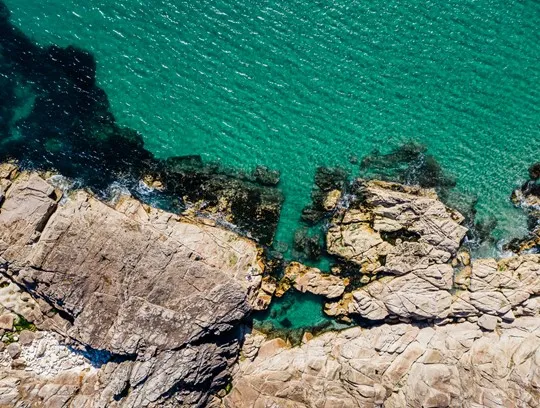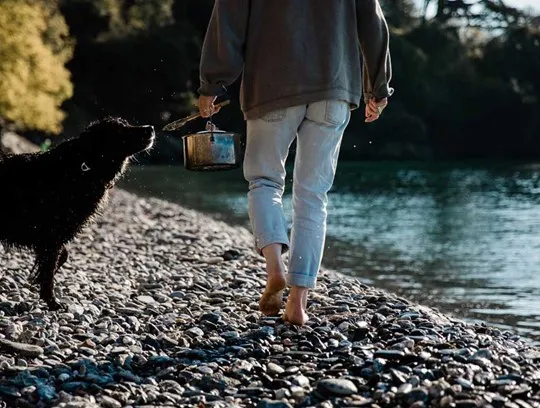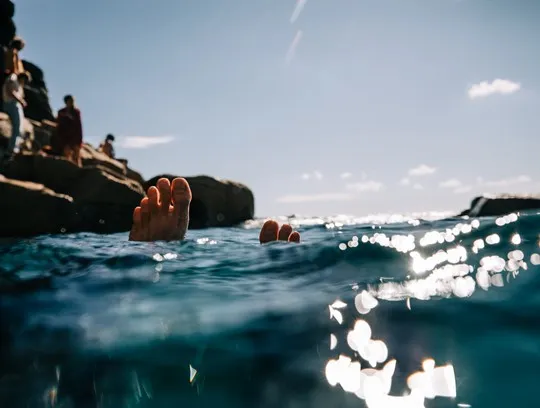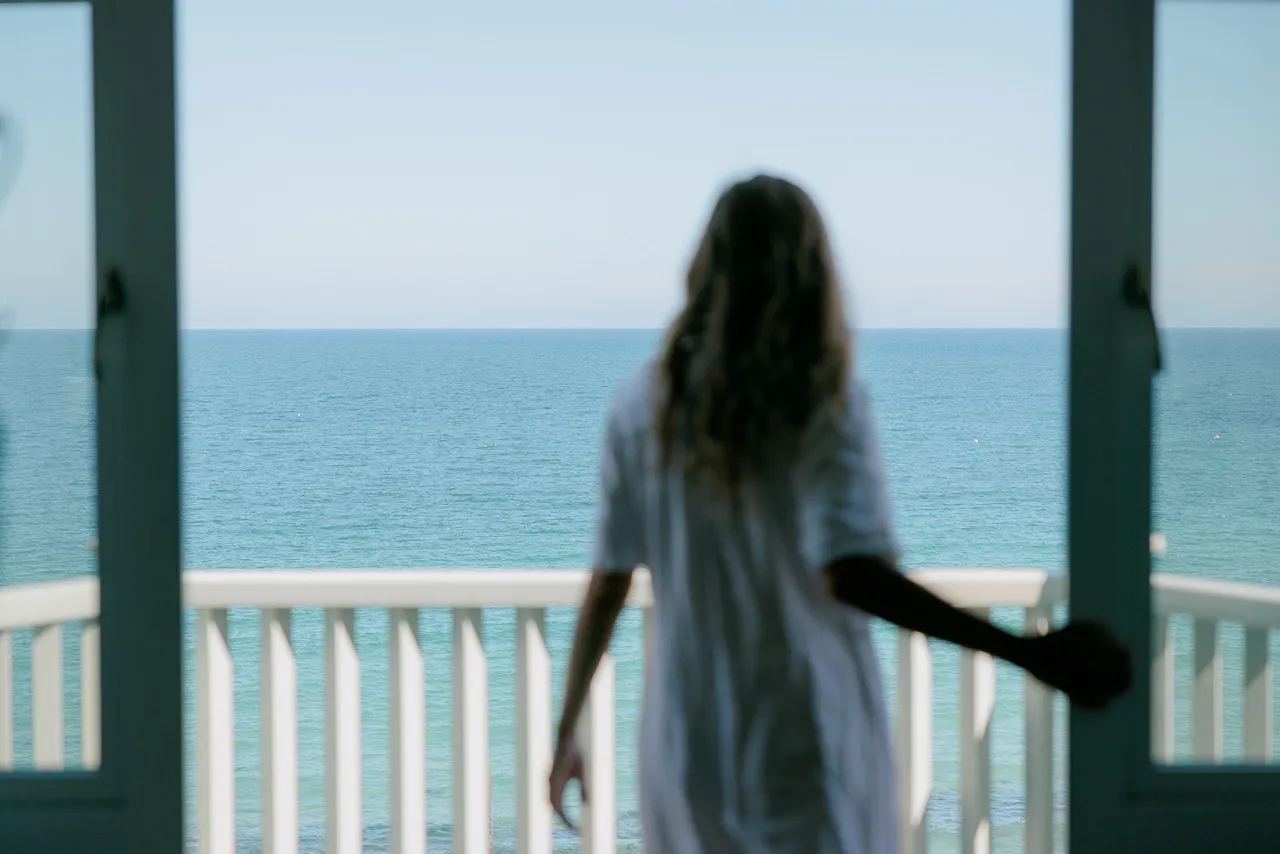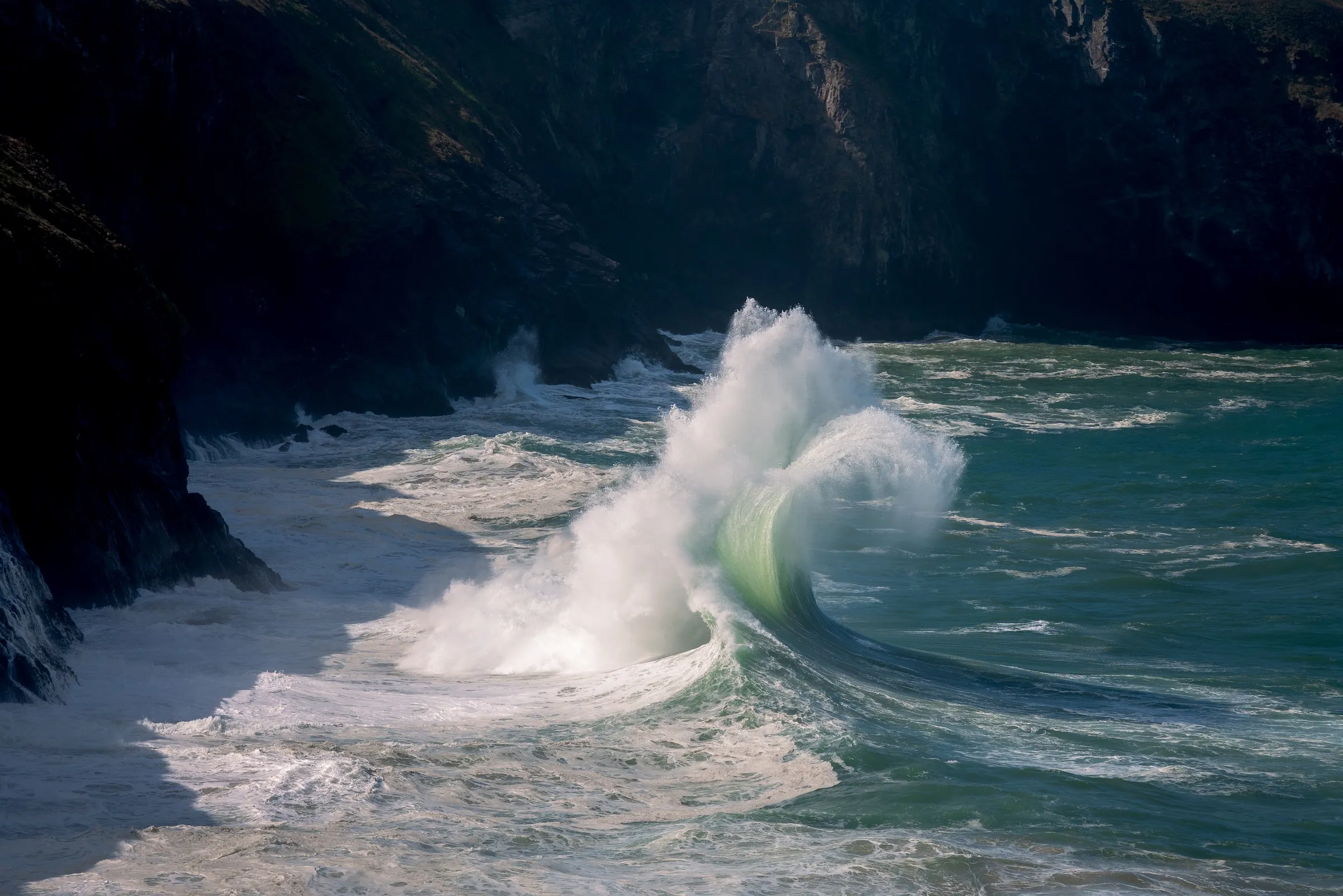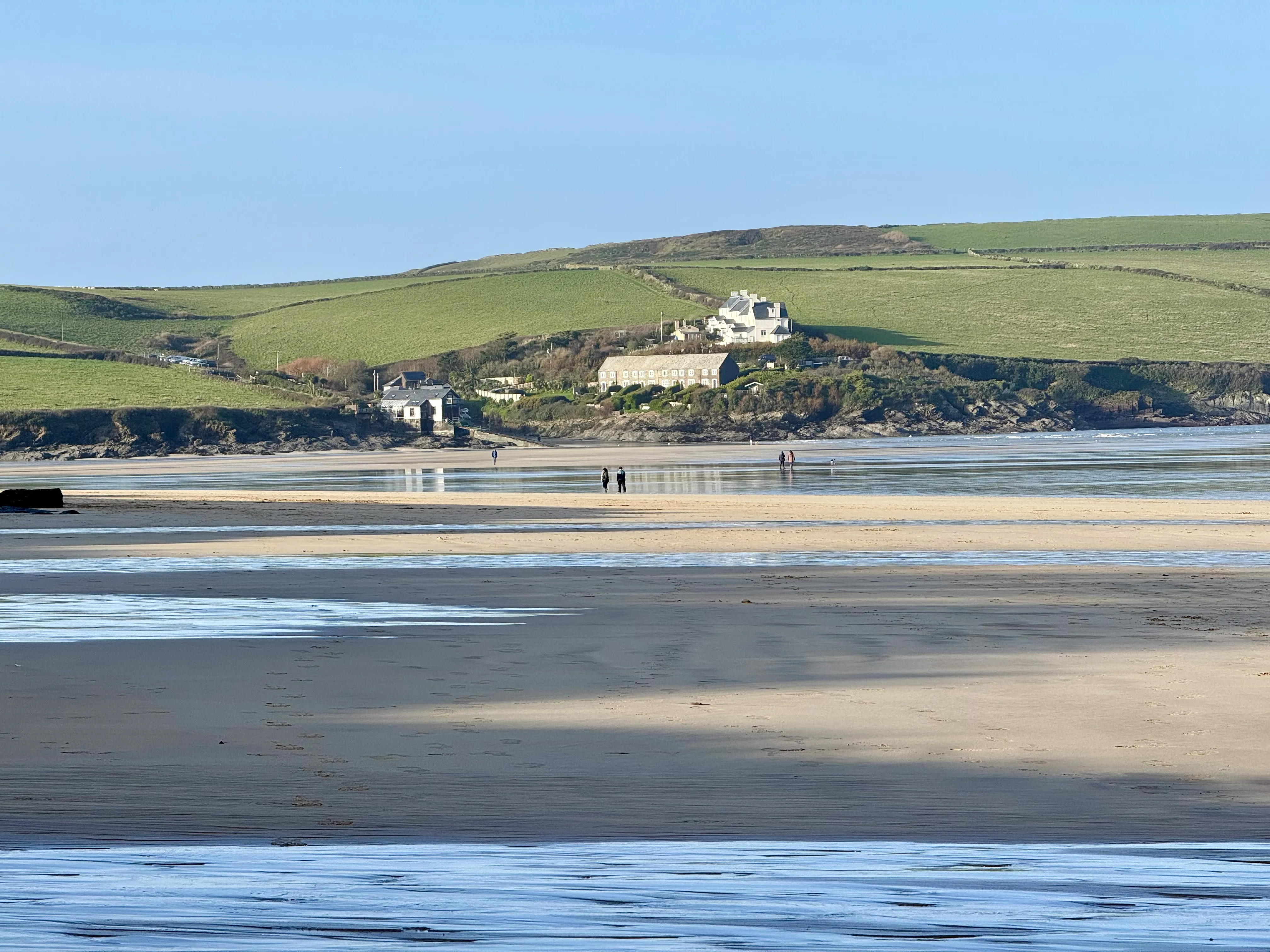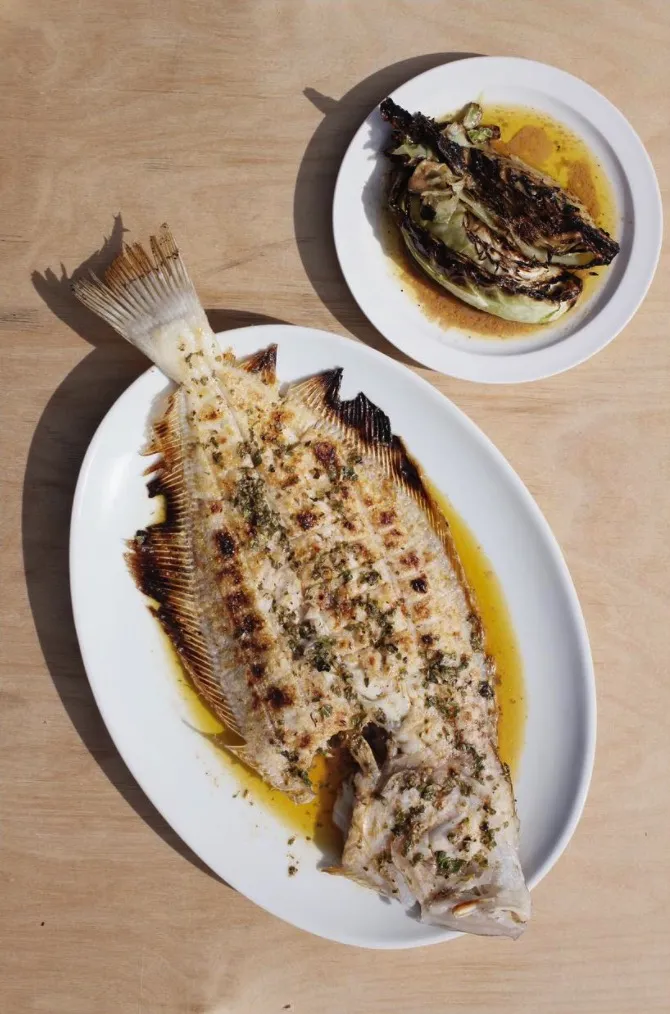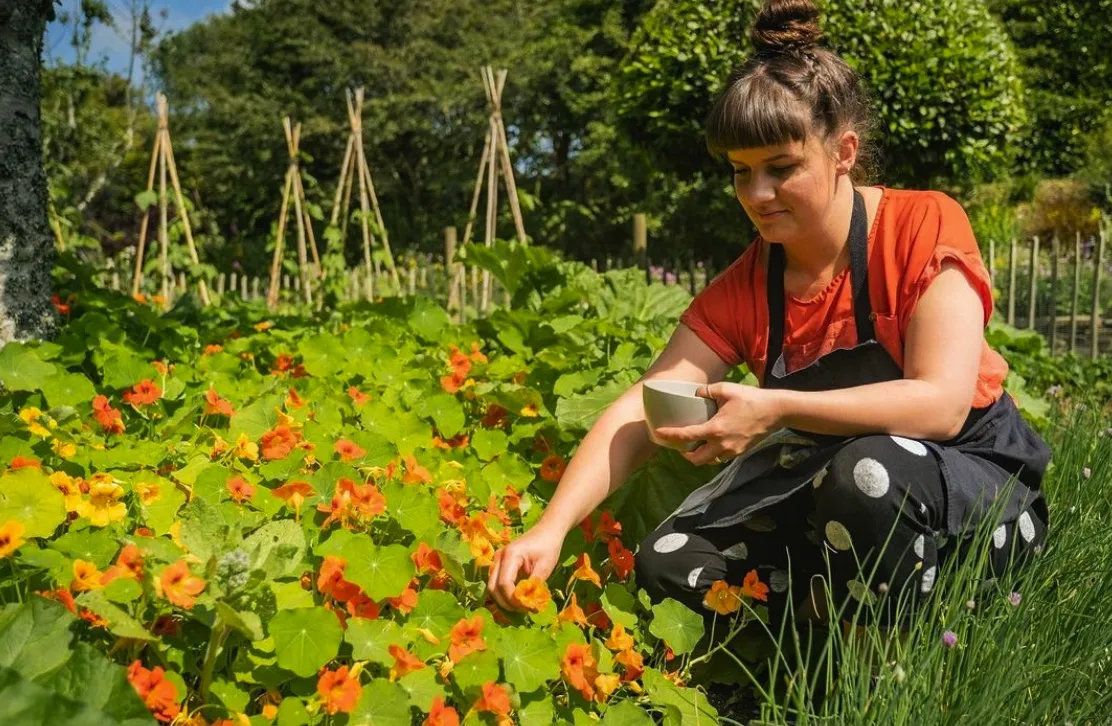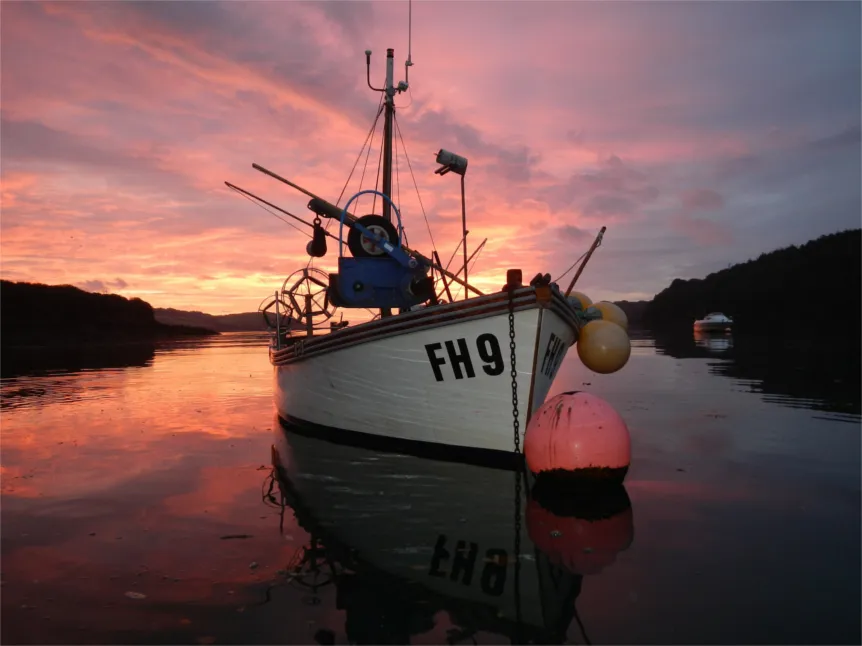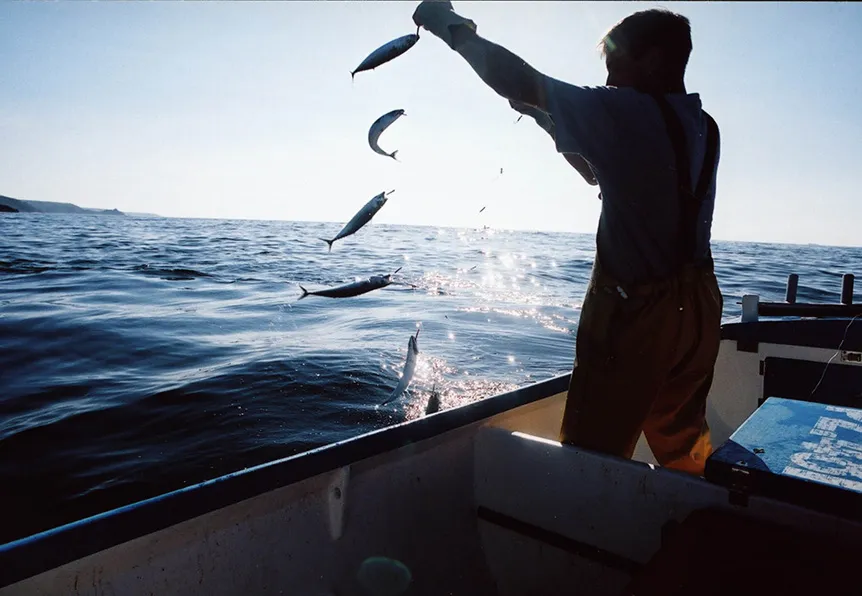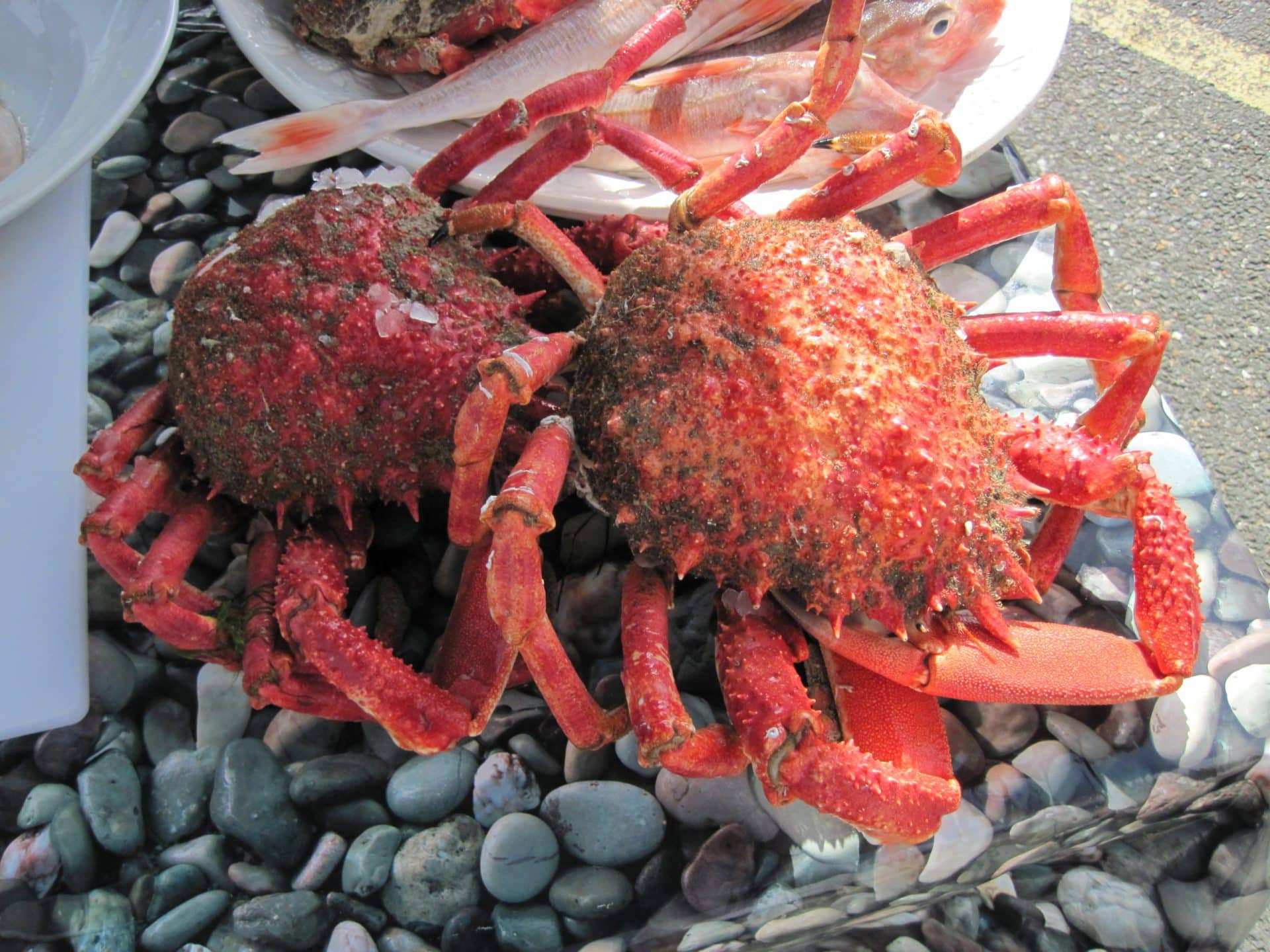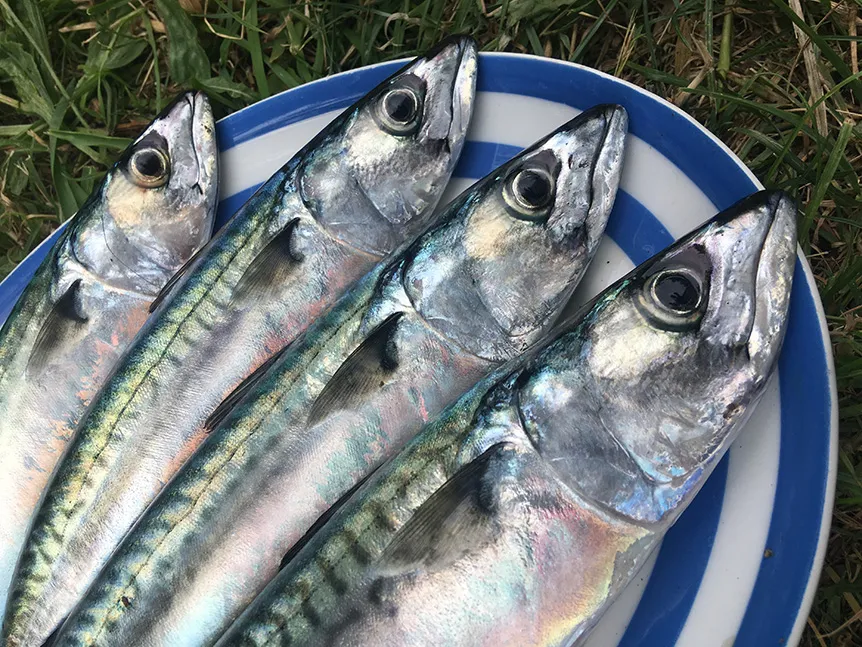
After the grey, mizzly days of winter, Cornwall comes alive again in spring: what are the seasonal flavours to try in your cooking best tasted fresh?
Wildflowers in the hedgerows, young lambs in the fields and the first new crops of the year, the farmers’ markets are fully stocked and there’s a new abundance awaiting foragers.
We caught up with three Cornish chefs to find out about their favourite spring flavours. They shared a special recipe featuring ingredients that are best eaten as fresh as possible – ideally on the same day.
Fancy staying in a holiday retreat with a swimming pool? Check out our cottages with a swimming pool for a relaxing getaway.
Wild flavours
Carla Viladomat is the head chef and co-owner of El Huichol, a Mexican street food company serving up brunch, lunch and dinner at their new spot Pachanga in Newquay.
Her food combines the traditional flavours of Mexico with the fresh ingredients of Cornwall – two places which share a surprisingly close culinary heritage thanks to the large numbers of Cornish miners who crossed the Atlantic to help Mexico mine silver to pay for the Mexican war of independence in the 19th century.
Carla also has a mobile Mexican food van that travels to events and weddings around Cornwall throughout the summer.
Image credit: El Huichol
Favourite spring ingredients
After the Cornish winter I’m pretty sick of tubers – potatoes and turnips and all the rest – so I always look forward to spring, which is when the vibrant flavours of Mexican food come into their own!
“My number one spring ingredient is wild garlic. It’s packed with flavour, and easy to collect in the hedgerows around Cornwall”
There’s so much on offer in Cornwall at this time of year. Fresh mackerel is fantastic, bought from the fishmonger or from the fisherman if you know where to ask! We like to smoke it and make into a lovely paté with pickled smoked chilli, served on a crispy tostada with a mackerel fillet on top. That’s one of our most popular dishes at this time of year.
I also love fresh cauliflower leaves – sometimes I tempura them for texture, or roast them and make them into a purée with lots of fresh lime.
Carla’s on the day recipe
Wild garlic pípian
My number one spring ingredient is wild garlic. It’s packed with flavour, and easy to collect in the hedgerows around Cornwall in March and April. Look out for the wild flowers and the dark green leaves that have a strong garlic smell. It’s best used straight away, but you can also ferment it for extra flavour.
I make it into a Mexican salsa called pípian, or green mole. You need to collect quite a few wild garlic leaves. I blend them with toasted pumpkin seeds, coriander, chilli, fresh radish leaves and plenty of olive oil. It’s like a Mexican pesto, punchy and packed with flavour. The consistency is thick because of all the ground up seeds, but if you like it runnier, just add extra olive oil.
It’s a really versatile sauce. Traditionally it’s eaten with pork or chicken, but I like to use it in a fresh radish salad. I use the freshest radishes I can find, ideally ones I’ve just picked myself, chopped up finely and served with plenty of pípian drizzled over the top.
The freshest fish
Rich Adams runs Argoe, a sustainable seafood restaurant opposite the historic fish market in Newlyn. The restaurant celebrates the best Cornish fish and seafood, and champions species that rarely make it on to British menus.
“Spring is a superb time for trying some different varieties of Cornish fish, with several species coming into season at this time of year”
Favourite spring ingredients
In Britain, we’ve been stuck in our ways eating the same old fish for the last fifty years, and here at Argoe we’re passionate about changing that. Spring is a superb time for trying some different varieties of Cornish fish, with several species coming into season at this time of year – including two of my favourites, megrim sole and spider crab (or Cornish king crab, as we’re calling it these days!). Both are at their best in spring. You can buy them from fishmongers in Newlyn, literally straight off the boats.
Image credit: Argoe
Rich’s on the day recipes
Boiled spider crab and grilled megrim sole
When it comes to spider crab, there’s not much you need to do. Put the crab to sleep by putting it in the freezer for a couple of hours, then drop it into a pan of boiling salted water; the rule of thumb is about 15 minutes per kilo of crab, and 70g of salt per litre of water. I’m a great believer in doing things simply, and presenting things as they are – so once it’s done, turn it whole upside down onto the plate, and separate the claws away from the body.
We pre-crack the claws with a rolling pin or pincers to make it easier to eat at the table. Prise the inner part of the shell away, leaving the brown meat inside – add a squeeze of lemon if you like, and serve with fresh bread and lots of homemade mayo. You’ll need crab picks to get out all the meat, but it’s worth the effort – for me, nothing tastes so much of the sea as fresh spider crab.
Megrim sole is even easier. A fish of about 600-700g is perfect for two. It’s best cooked whole, under a piping hot grill or over a barbecue. Brush with olive oil and season well with salt and pepper. It cooks quickly – 5-7 minutes each side. I serve it whole at the table. Getting the fish off the bone is easy once you know how – we use two forks to pull away the flesh from the centre.
Don’t miss the best bits: cheeks, collars, crispy edges and fins. If it’s your first time cooking sole on the bone, ask your fishmonger for advice if you’re unsure, or better still come into the restaurant and we’ll show you how.
Discover coastal charm at Fowey, South Cornwall, with Beach Retreats.
What the garden grows
Daisy Hillier is head chef at Potager, a vegetarian cafe and kitchen garden located outside Constantine.
Image credit: Potager
Favourite spring ingredients
At Potager, we’re lucky to be able to grow lots of our own ingredients, and I always look forward to all the fresh flavours of spring and early summer – from edible flowers like nasturtium and borage, which I like to use in salads, to the first Cornish asparagus of the year, delicious lightly steamed and eaten with lots of fresh Cornish butter and black pepper.
“Many people dread cabbage, thinking of that horrible boiled stuff we all had at school. But it’s actually one of my favourite spring vegetables – and the fresher the better. It’s especially well-suited to Asian-inspired dishes”
Spring is also a great time to wander the lanes and forage for wild flowers and edible plants. Recently, I’ve been experimenting with floral flavours in some of my gins at the distillery – watch this space!
Daisy’s on the day recipe
Pan roasted cabbage with togarashi and miso and orange butter
Many people dread cabbage, thinking of that horrible boiled stuff we all had at school. But it’s actually one of my favourite spring vegetables – and the fresher the better. It’s especially well-suited to Asian-inspired dishes like this one.
Start by making the miso butter: 2 tbsp miso paste, 10 tbsp salted butter, 2 crushed garlic cloves, 2 tbsp rice wine vinegar, the zest of an orange and the juice of two more.
Then peel and cut the cabbage into 8 pieces, retaining some root on each wedge to hold it together. Heat a non-stick frying pan with vegetable oil, add half of the wedges, and fry on each side for 3-5 until caramelised. Put the wedges on a baking tray, cover with the miso butter and a splash of water, and roast in foil for 15 minutes. Turn over and roast on the other side for another 5 to 10 minutes until soft.
While it’s cooking, make the togarashi, a Japanese spice mix. It’s made with the dried zest of an orange, 3 tbsp toasted white sesame seeds, 1 tbsp toasted black sesame seeds, 1 tbsp toasted poppy seeds, 1 tsp sichuan peppercorns, ½ tsp ground ginger and 1 sheet of nori, ground up together.
Serve the roasted cabbage with a fried egg and a good sprinkle of the togarashi spice mix, and some sushi rice on the side.
Explore more things to do in Cornwall this spring.
For more Cornish foodie inspiration, browse our blog.
